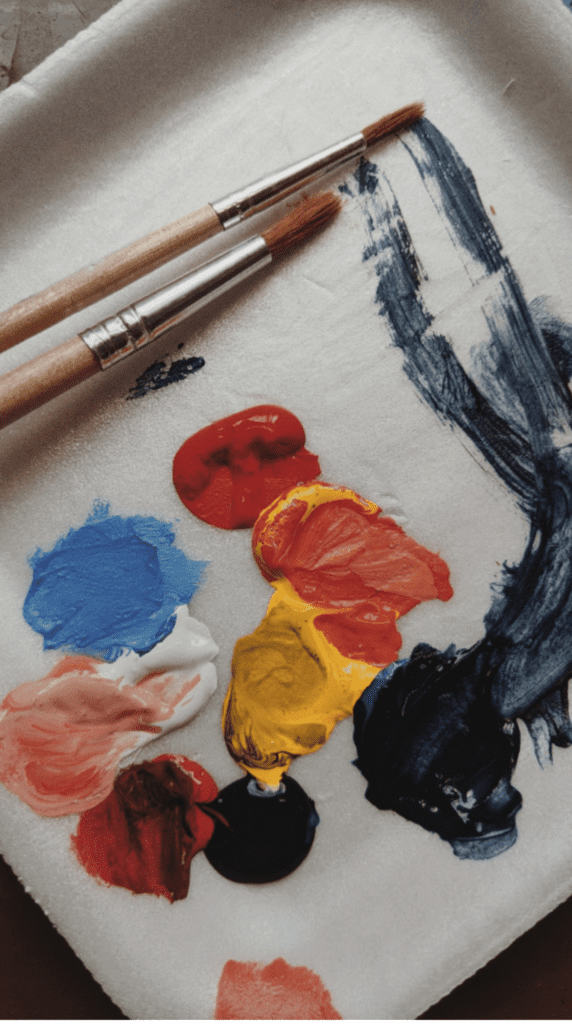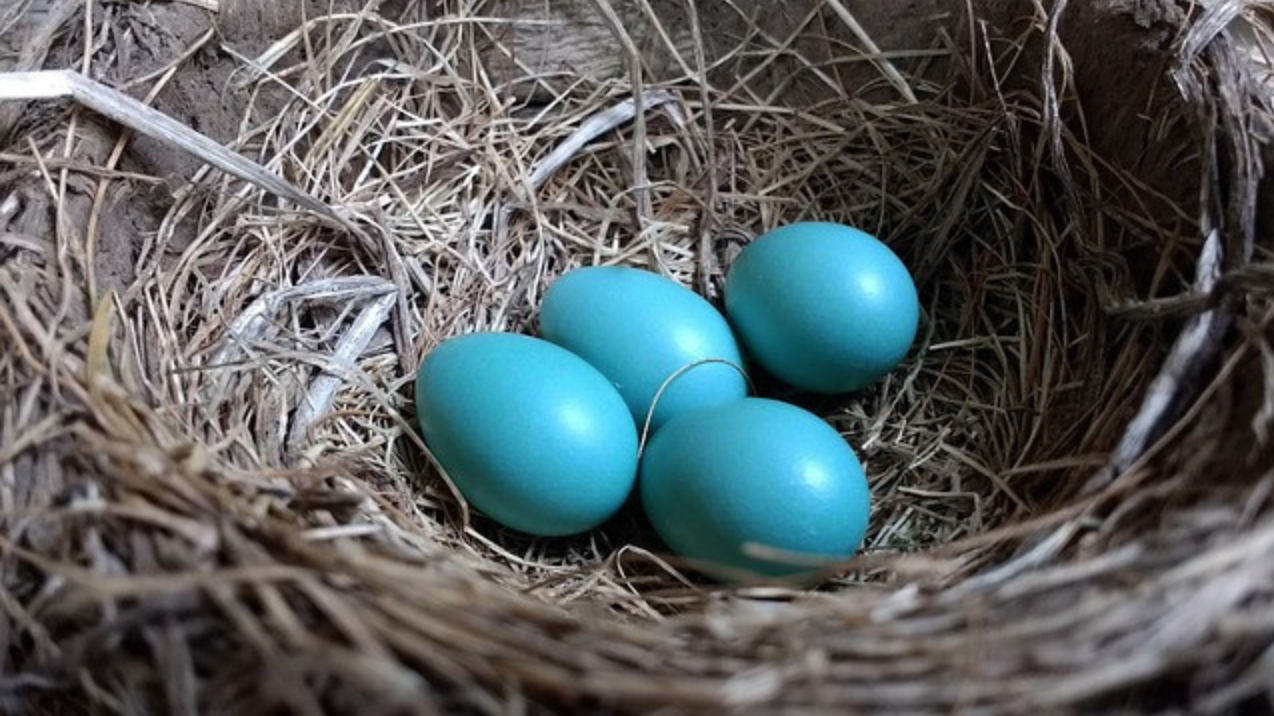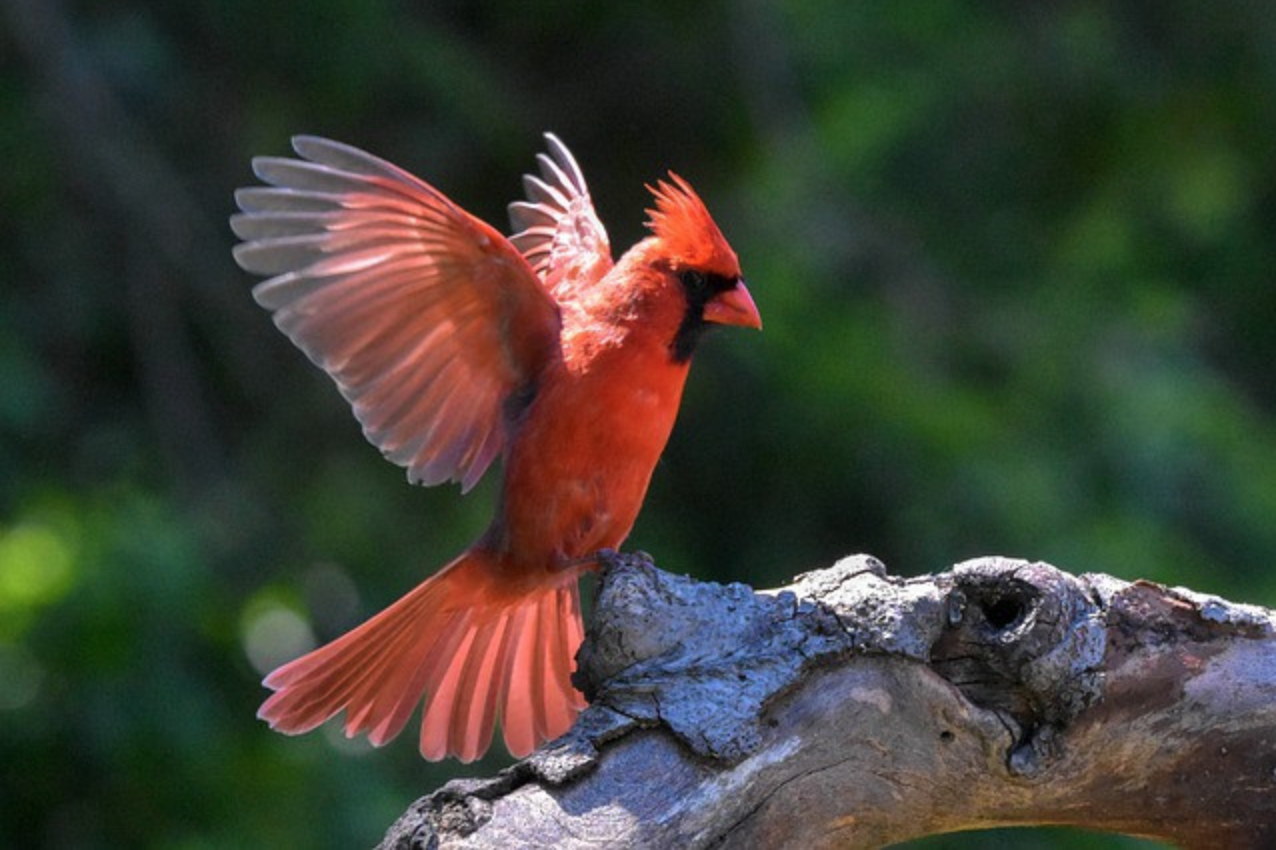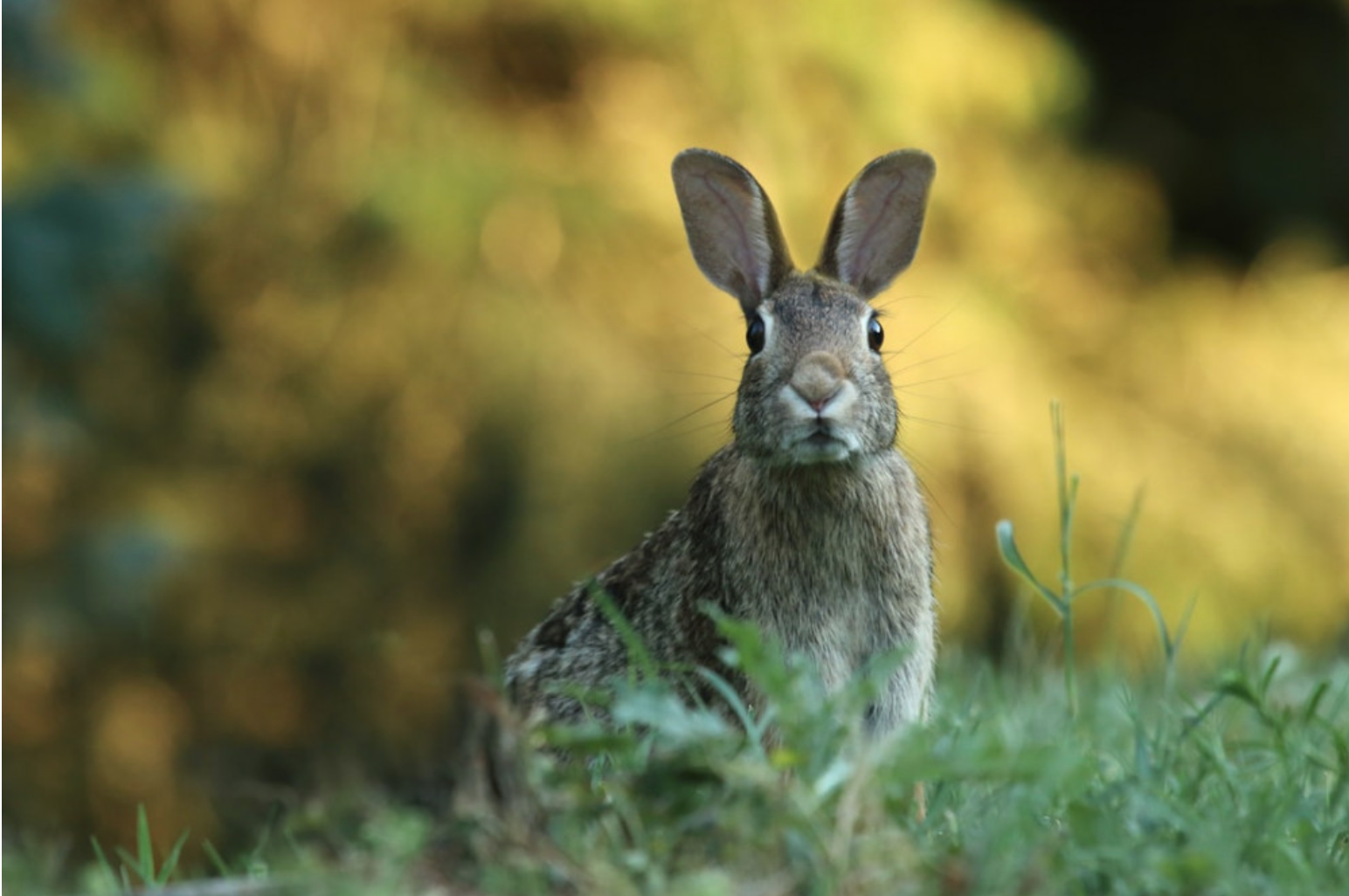Birds lay eggs in many different colors, ranging from white to yellow, orange, green, and blue. They can also be covered in spots and other markings, and you can identify the bird by looking at the egg. There is a reason for this with some colors; they try to camouflage their eggs. Blue eggs are beautiful, and they get their color from an internal molecule called Biliverdin.
Many different birds lay blue eggs, and the shade of blue can range from pale blue to a bright blue. The shade of blue depends on the concentration of biliverdin in the bird. This coloring is added to the newly formed eggshell in the last few hours before it is laid. One bird can lay eggs that are different shades of blue, as each one is produced individually.
If you have seen a nest with blue eggs, you might want to know what kind of bird lays them. I was surprised to learn that there are quite a few. We became curious about which birds lay blue eggs when we had a robin nest on our outdoor wreath. They laid three beautiful blue eggs, so we wanted to know which other birds also lay blue eggs.
Which Birds Lay Blue Eggs?
Many different birds lay blue eggs. You are likely to be aware that bluebirds lay eggs that are a pale blue color. However, they usually lay their eggs in a cavity, so you will have trouble finding them. There are others that you might see. Take a look at the following birds that lay blue eggs:
- Bluebird
- American Robin
- Blackbirds
- Blue Mockingbird
- Gray Catbird
- Snowy Egret
- American Crow
- American Goldfinch
- Great Blue Heron
- Little Blue Heron
- Myna Bird
- Wood Thrush
- Warbkers
- Blue Jays
- Dunnock
- Goldfinches
- Starlings
How Do These Birds Lay Blue Eggs?

It is just fascinating to see these beautiful colored eggs. How can these birds possibly make the different colors as if they were experienced artists?
Female birds have two substances that are part of their reproductive system. They are called biliverdin and protoporphyrin.
While all birds have these two substances, only certain birds use them. The biliverdin is what makes the blue and green coloring in birds’ eggshells. When birds have a higher concentration of biliverdin, the eggs are brighter blue.
The other pigment is protoporphyrin, and this one makes eggs red or brown, and it can create spots or specks on the shells. The color is added to the egg in the final hours when it is being made.
Most birds lay more than one egg, and the eggs can be different shades of blue. It takes a lot of calcium for birds to create an egg, and if the bird is low on nutrients or calcium, the color will be dull.
Amazing! So, birds are like painters with a palette of biliverdin and protoporphyrin they can mix to come out with a colorful masterpiece. But what makes them choose blue.
Why Do These Birds Lay Blue Eggs?
As much as we may want to think of birds as artists of nature, there are practical reasons why birds ‘choose to paint’ their eggs blue.
Research suggests that the blue color makes the egg absorb enough light to warm the egg, but not too much as to make it hot and dangerous for the baby bird. The blue color also helps to control how much sunlight or UV rays get through the egg to the baby bird inside.
When the eggs are too dark they can overheat in the sun. Think of a white car vs a black car under the sun; there is a big difference in the heat the car absorbs when they are black.
This is why when eggs are hidden away are often darker, as they are not exposed to the sun. So, the color ‘choice’ is determined mainly by environmental conditions.
What to Do When You See Blue Eggs in a Nest
It can be exciting to see blue eggs in a bird’s nest. Most people want to go up to the nest and see what the eggs look like. There is nothing wrong with watching the nest and seeing the mother and father bird coming and going.
However, you should never go up to the nest. If you try to touch the eggs, the mother will get very upset. Remember that wild birds see people as large predators, and they will do everything they can to protect their eggs and their young.
From a distance, you can look at the eggs. Take note of the size, the color, any markings they may have, their shape, and how the egg is finished. This will help you identify what kind of bird’s nest you have found.
The size of the egg helps you determine the size of the bird. Smaller birds lay smaller eggs, while larger birds lay larger eggs. There are laws that protect bird eggs. You aren’t allowed to damage the nest or gather the eggs to sell them.
You can also identify the type of bird by looking at how the nest is constructed. Birds use different materials that they find in the wild, including feathers, grass, plant materials, twigs, and anything else they find. The bird tries to make a nest that blends into the tree and helps them keep it safe from predators.
The birds that lay eggs are birds that live in the area. Migratory birds don’t build nests because they travel. You can learn about the different types of nests and what birds build them. This will help you identify what bird laid the blue eggs.
Look at the Location and the Time of Year
Where the birds are located can help you figure out what kind of bird goes with the eggs. Some birds lay eggs on the ground, such as turkey, ducks, geese, and others. They dig out an area and pluck their feathers to keep it hidden. They often lay them close to water.
Some birds, such as robins, lay eggs between April and July. They use mud and grass, and they build their nests in trees, shrubs, or even on the windowsill. They sit on their eggs for between 12 and 14 days. One of the things that people love about watching robins is that they sing a lot right before their eggs hatch.
Final Words
Blue eggs are beautiful, and they come in many different shades. They can be pale blue, bright blue, a turquoise color, and more. The blue shade comes from a pigment called biliverdin, and birds with higher concentrations have brighter blue eggs.
Many birds lay blue eggs, including bluebirds, robins, and others listed above. If you are out birdwatching and you come across blue eggs, you should not touch them or pick them up. Birds are very protective of their eggs, and you can upset them by getting too close. Look at the shade of the egg, the shape, the texture, and other traits as well as the type of nest. This will help you identify the type of bird.
Related Posts:



